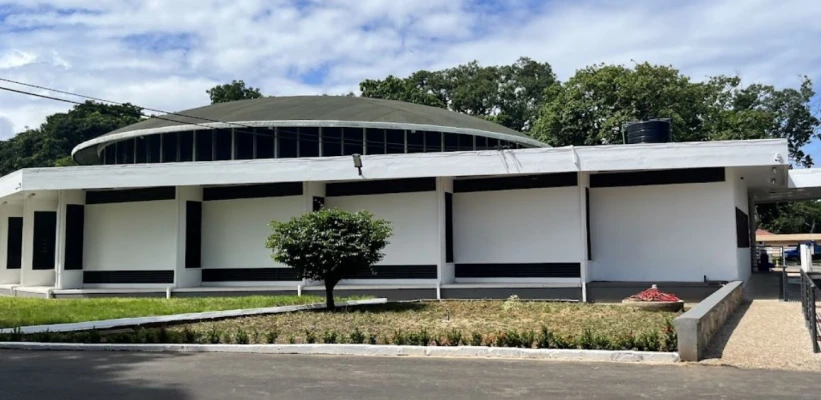The Yaa Asantewaa Museum:...
November 16, 2023

The National Museum of Ghana, located in Accra, stands as a cornerstone of the country's cultural heritage.
Established in conjunction with Ghana's independence festivities on 5 March 1957, the museum was inaugurated by Princess Marina, the Duchess of Kent. It operates under the Ghana Museums and Monuments Board (GMMB), overseeing a collection that spans archaeology, ethnography, and fine art.
At its core, the museum houses a diverse array of artifacts reflecting Ghana's rich historical fabric. The archaeology section boasts relics dating from the Stone Age to more recent periods, providing insights into the nation's ancient past.
Here is a video of the National Museum of Ghana.
Meanwhile, the ethnography gallery showcases the chief's regalia, traditional musical instruments, gold weights, beads, textiles, stools, and pottery, illustrating the vibrant cultural traditions of Ghana.
The collection is further enriched by acquisitions from across Africa, including Senufo masks from Ivory Coast, Zulu wooden figures from Southern Africa, ancient Ife bronze heads from Nigeria, and Bushongo carvings from the Congo.
In addition to its archaeological and ethnographic treasures, the museum hosts a notable art gallery highlighting contemporary Ghanaian artworks. These include paintings in oils, pastels, acrylics, watercolors, and collages, as well as sculptures crafted from various media.
Together, these exhibits not only celebrate Ghana's artistic prowess but also offer visitors a profound journey through the nation's cultural evolution and creativity.
November 16, 2023
June 26, 2024
June 25, 2024
June 26, 2024
May 7, 2024
May 1, 2024
June 26, 2024
November 23, 2023